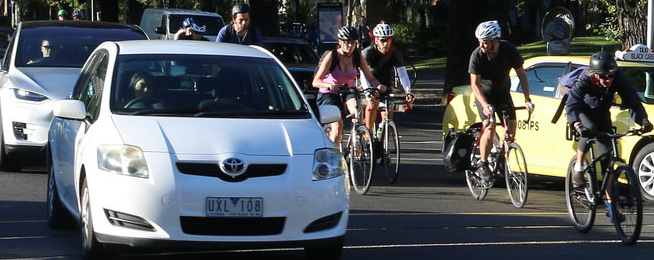People who mainly use cars for transport are heavier than those that use a bike.
A study involving 11,000 people in seven European cities has found the male drivers are on average 4.0 kg heavier.
The difference was less for females at 1.5kg.
People who cycled, walked, or both, showed the biggest difference. For those that used public transport, the difference to drivers was small.
People who combines active travel with motorised travel were still better off than those who only drove.
In the future the researchers plan to investigate causality in a longitudinal study design by including results from a follow-up questionnaire reassessing BMI 1-2 years later in the same sample.
The study was undertaken as part of the EU-funded Physical Activity Through Sustainable Transport Approaches (PASTA) Project, which is studying how different forms of transport relate to levels of physical activity, and consequently peopleʼs health.
It looked at commuters in Antwerp, Barcelona, London, Oerebro, Rome, Vienna, Zurich, and allowed for factors such as leisure based physical activity.
Dr Adrian Davis, a UK transport and health expert and member of PASTAʼs advisory board says: “People who are physically inactive are at high risk of developing chronic diseases, such as cancer, stroke, heart attacks, as well as becoming overweight.
"Our research shows that factors like urban design, how we move in cites, the use of cars, bikes or walking could play an important role in determining the level of peopleʼs daily physical activity.”
Another researcher on the project, David Rojas from The Barcelona Institute for Global Health (ISGLOBAL), said: "There are enormous health gains to be made if we manage to translate these results into policies that favour a more active mobility within the cities.
"Our next goal is to use the results obtained in this study in order to measure gains in life quality and life expectancy as well as in economic terms”.


